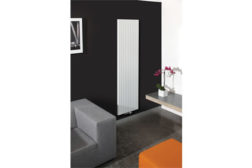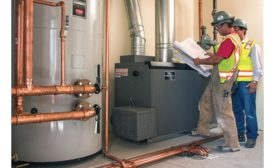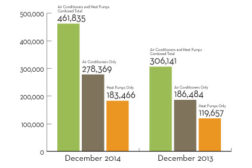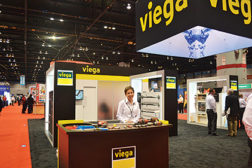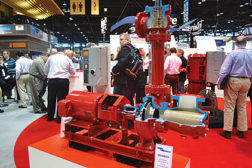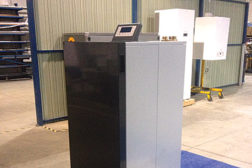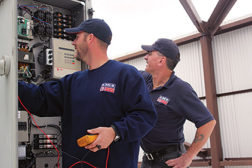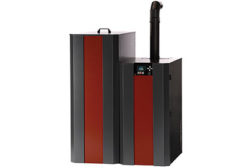Boilers and Hydronics
Radiant Heating and Cooling Becoming Integrated, Familiar
Commercial Radiant Installation Products More Accessible, Affordable
Read More
Efficiency and Awareness Ignite the Hydronics Industry
Government-initiated Efficiency Benchmarks Propel Product Efficiency
Read More
Boiler Sector Embraces Modulation and Wireless Connectivity
Manufacturers Designing more Internet-enabled, Highly Efficient Units
Read More
Copyright ©2024. All Rights Reserved BNP Media.
Design, CMS, Hosting & Web Development :: ePublishing
